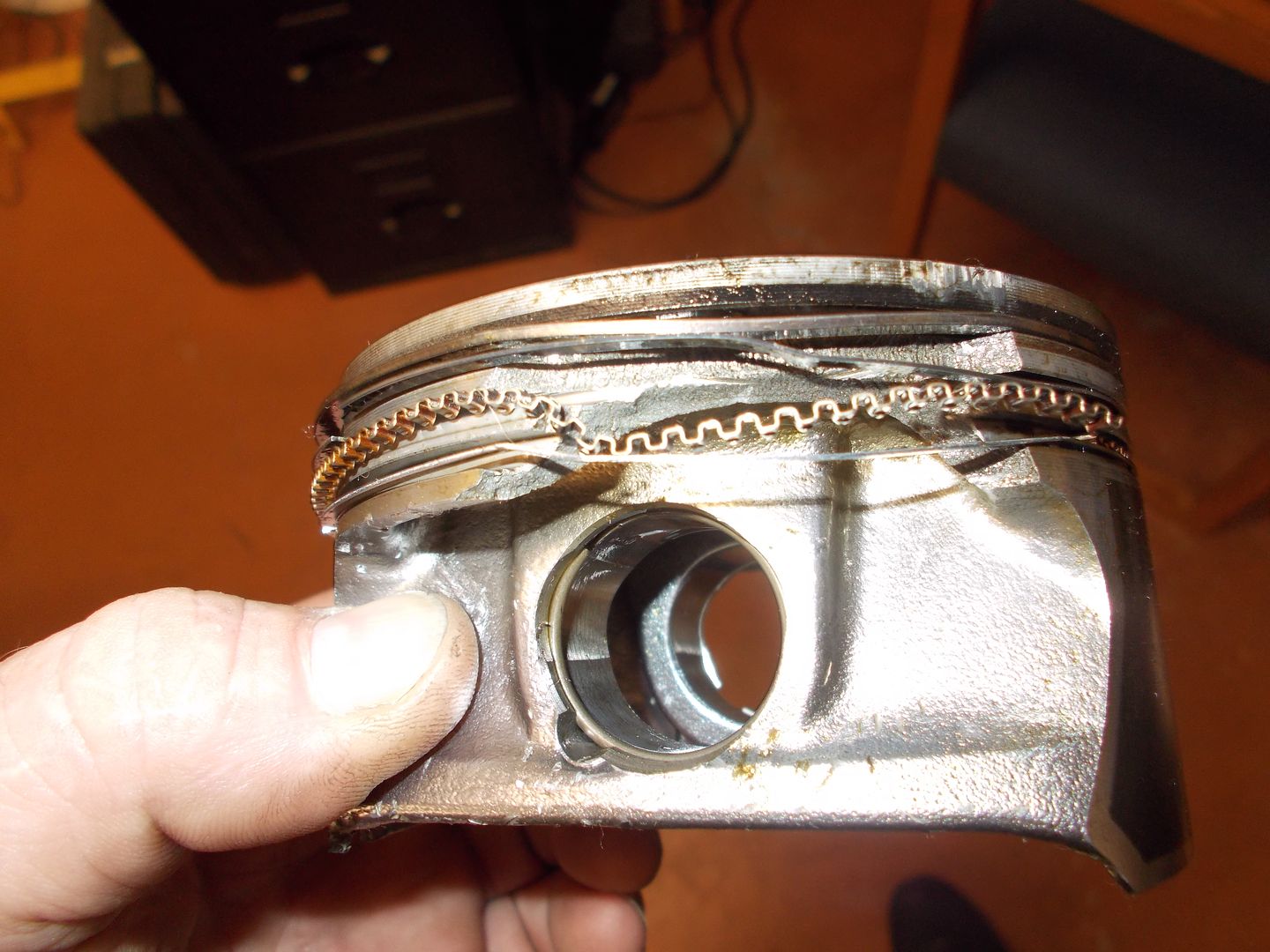Quote from: kinder on May 18, 2014, 08:13:51 PM
I know that some people here feel that Livernois is being 'targeted' and this, to me does not help.
Quote from: JimiJak on May 13, 2014, 08:14:55 PM
This topic has been moved under your vendor threads.
The move is not a slight against you or your company. We appreciate all of the research you are doing, and the time you put into our EB engines, but until evidence of your claims is posted this is purely subjective, not "news".
Your company is not alone. All of the vendors are now being held to a standard of a zero-tolerance policy for unsubstantiated claims. If you are going to make a claim as a vendor, you must also post the scientific findings or empirical data that have lead you to that claim.
Thank you for your understanding and cooperation in moving forward.
-JimiJak
You will never get imperial data for this. The sampling is too small. We have people running big power with no problems yet, people with 400+ power with no problems yet, and stock cars with no problems yet.
Livernois has already stated that the failed engines THEY have seen come in were running around that 450+ mark. Is it the tune? Is it the climate? Is it the oil choice? Is it the driver? Is it the parts produced during a certain time frame? There is no way to determine this.
They never said that your engine will fail at 450hp. They said that based on the engines they have seen com in they recommend that as a daily driver 400hp is the highest they suggest. (At least to one client.)
Your comment about empirical data seems more petty than fair. And this type of marginalization may cost us a valued source of information. I mean why should they keep posting if they just get grief for it?
And then you post a question, that does not ask for empirical data, and was answered in the third paragraph.
Quote from: JimiJak on May 18, 2014, 09:26:49 AM
Tracy,
Thanks for weighing in on this!
In regards to the original post (quoted below) what have your findings been regarding engine failure, specifically referring to broken con rods, in EB engines? Are you finding a correlation to roughly 450WHP being somewhat of a potential breaking point as well?
TIA
I am not a Livernois client. In fact I will prob never be one as I plan on using the iTSX tuner. I have no problems with challenging vendors to back up their claims when they say their product is better than another. But this is not that. This is an opinion and maybe even a light warning, not a claim. Just like Tuner Boost's claims.
I have no idea who Tuner Boost / Tracey is and while I see merit in Tuner's thinking as to the possible problems in these engines (while looking for solutions) he has no empirical data to support his claims either.
Livernois seems to be the most vocal of the tuners. Torrie responds fast to PM's and emails but I don't see him as vocal on the site. Maybe I just don't read those threads?
In my opinion. 
All good points. I only base this on what we see when tearing them down, and the GM 3.6L is an almost identical engine in pistons/rods, etc. We have been pushing the envelope with DI engines since 2008 and were the first to exceed 600 hp with the GM version DI, so also being an R&D facility we are constantly asked to tear down and diagnose failures (comes from a lifetime of professional drag racing). So I am only applying educated assumptions. The data needed to determine rates of failure and causes would be beyond us, but we can tear down most any failed engine and tell you with certainty what caused the failure. So can most other professional Race team crew chiefs or the actual engine builders. Over 40 years of studying failures comes into play (and also limits our failures on the track to a minimum. We win and loose far to often by a thousandth of a second, and with National & World Championships on the line, we can't afford to take chances or guessing.
One thing as far as a tune goes, detonation cannot be hidden. Id it is detonation related, the pistons and plugs show it clear as day.
Nothing else can torch a piston:

Power limit failures are a bit more difficult, but we can exaimin rod bearings, main bearings, & journals, camshaft lobe damage, rod bolt stretch (we measure all TTY rod bolts with ARP's stretch gauge), or simply the rod fatigued to the point of failure. Pistons. where the failure took place. Around the wrist pins? Ringland? Lots of ways and too much to describe here, but aside from a controlled study over a large group, all I can do is tell you with X amount of certainty what caused a failure. And I always will put in any doubt if not 100% sure.